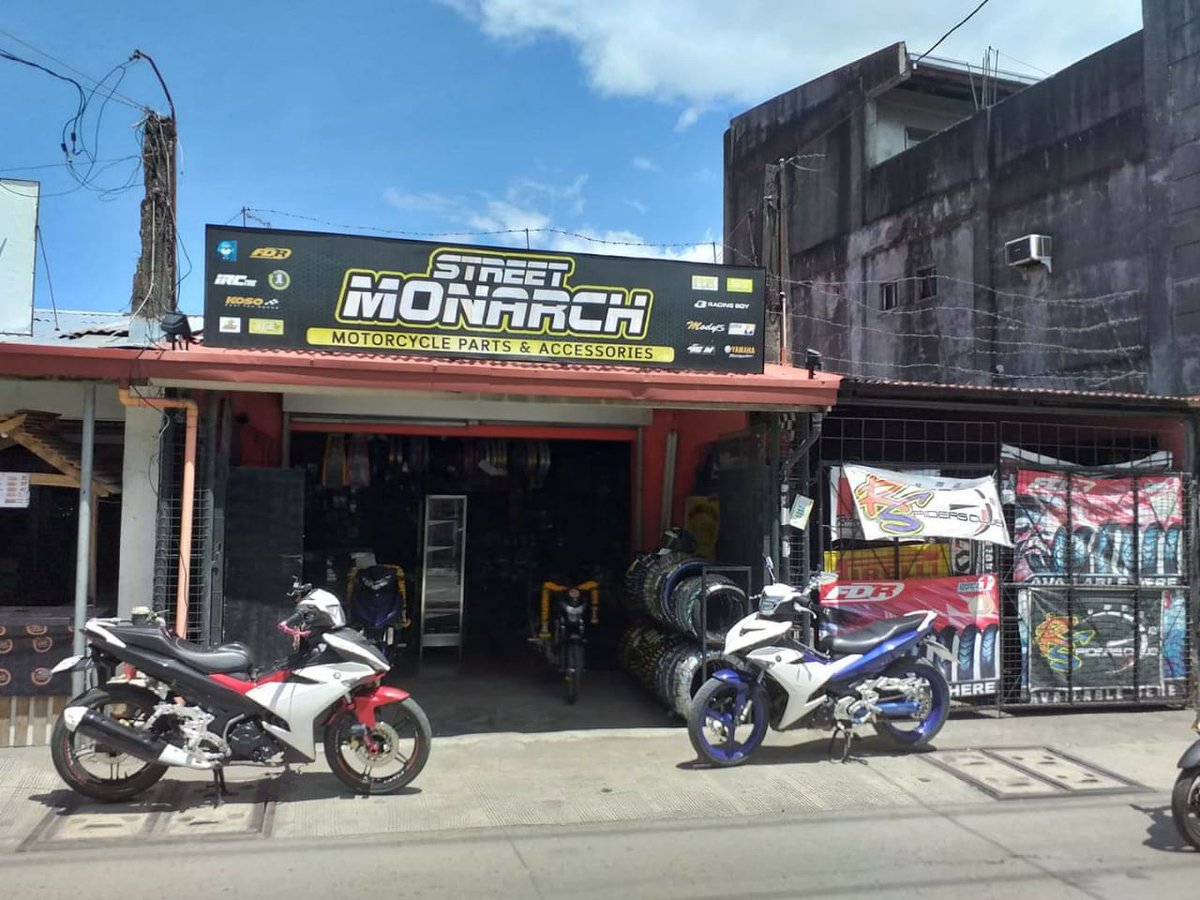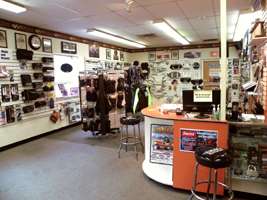Discover Top Quality Moto Parts NZ for All Your Motorcycle Requirements
Discover Top Quality Moto Parts NZ for All Your Motorcycle Requirements
Blog Article
Comprehending the Vital Parts of a Motorbike: A Comprehensive Guide for Lovers
For motorbike fanatics looking to raise their riding experience and guarantee their bikes run smoothly, understanding the necessary components of a motorbike is critical. Each aspect, from the engine's elaborate workings to the vital role of the stopping mechanisms, not just affects performance however also safety and comfort. This overview will certainly go through the essential parts that every cyclist ought to be acquainted with, making it possible for educated choices in both upkeep and potential upgrades. As we begin this expedition, one must ask: just how does each element connect to create the seamless ride every enthusiast seeks?
Engine Components

The camshaft plays an important role in managing the timing of the engine's valves, making certain the exact opening and closing essential for reliable gas and air consumption, as well as exhaust expulsion. This timing is important to maintaining optimal engine efficiency and performance. Additionally, the carburetor or gas shot system, relying on the motorbike design, is in charge of blending air with fuel in the appropriate proportion for combustion.
The cooling system, either air or liquid-based, functions to keep the engine's temperature level within functional limits, stopping getting too hot and guaranteeing durability - motocross parts nz. Each component, thoroughly designed and incorporated, contributes to the smooth operation of the engine, specifying the motorbike's power outcome and total performance
Transmission System
Integral to the bike's functionality, the transmission system ensures efficient power transfer from the engine to the wheels. This system makes up a number of important components, consisting of the clutch, gearbox, and last drive, each playing an important function in translating the engine's power right into motion. The clutch, commonly run by a hand lever, offers to disengage the engine and involve from the transmission, permitting smooth gear changes and regulated velocity.
The transmission, commonly referred to as the transmission correct, has a collection of equipments that motorcyclists can manually move through to change the bike's rate and torque outcome. These gears are organized in a sequence that makes it possible for the bike to speed up efficiently and preserve optimum engine performance throughout numerous speeds. Many bikes utilize a sequential gearbox, requiring the motorcyclist to shift equipments in a fixed order.
Braking Devices
While comprehending the transmission system is essential to harnessing a motorcycle's power, just as vital is the ability to regulate and stop that power efficiently, which is where braking systems come into play. Brakes are crucial for safety and security and performance, giving the cyclist with the necessary control to browse various terrains and problems. Usually, bikes include two sorts of stopping systems: disc brakes and drum brakes.
Disc brakes are a lot more prevalent in modern-day bikes because of their superior performance. They are composed of a brake disc, caliper, and pads. When triggered, the caliper presses the brake pads against the spinning disc, transforming kinetic energy into warm, thus slowing the wheel. This system provides better warm dissipation, constant performance, and boosted quiting power, especially in wet conditions.
On the other hand, drum brakes, though less typical, are still found in some motorbikes. They function by pressing brake shoes against the internal surface of a drum connected to the wheel. While usually much less efficient in warm dissipation and stopping power, drum brakes are less complex and extra cost-efficient.
Comprehending these stopping systems' subtleties permits bikers to maintain their bikes appropriately and appreciate the design that ensures efficient and secure quiting.
Suspension and Guiding
Suspension and guiding systems are vital elements that dramatically affect a motorcycle's handling and ride comfort. The shock absorber, containing forks at the front and shock absorbers at the back, soaks up roadway abnormalities, enhancing stability and control. Front forks, upside down or generally telescopic, compress and rebound to alleviate effects, while back shock absorbers preserve tire call with the roadway, critical for grip and safety.
Steering, centered around the handlebars, attaches the rider to the motorcycle's directional control. The guiding head bearings make sure smooth procedure, permitting precise maneuverability. Appropriate placement and upkeep of these bearings are vital for predictable steering action and decreasing cyclist exhaustion.
The suspension's adjustability is an additional critical facet; preload, damping, and click to find out more rebound setups enable personalization to fit numerous riding styles and problems. This flexibility is crucial for optimizing performance, whether navigating city streets or taking on rugged tracks. Innovations like electronic shock absorber supply real-time changes, improving experience top quality across diverse surfaces.

Electrical Solutions
After guaranteeing a smooth and controlled adventure with efficient suspension and steering systems, attention transforms to the electrical systems, a crucial facet of modern bikes. These systems play a crucial role not only in beginning the engine but likewise in powering different components that enhance the capability and safety and security of the bike.
At the heart of a motorbike's electric system is the battery, which stores electric energy required for starting the engine and powering supporting systems - motocross gear. The alternator or generator, paired with the rectifier-regulator, ensures the battery continues to be billed while the bike is in procedure, converting mechanical energy right into electric energy and maintaining voltage degrees
The ignition system, an additional important component, is in charge of igniting the air-fuel combination in the engine's cyndrical tubes. Modern motorcycles often make use of an electronic ignition system, providing greater efficiency and dependability contrasted to typical systems.
Lighting systems, including headlights, tail lights, and signs, are likewise crucial, making certain presence and security for the biker. Additional electronic components such as sensors, control systems, and shows add to advanced features like gas injection monitoring, anti-lock braking systems (ABDOMINAL MUSCLE), and electronic control panels, further enhancing the Go Here riding experience.
Conclusion
A detailed understanding of a bike's vital parts, including the engine, transmission system, braking mechanisms, suspension, guiding, and electric systems, is important for fanatics aiming to enhance safety, convenience, and efficiency. Proficiency of these aspects enables educated decisions pertaining to maintenance and upgrades, ultimately boosting the riding experience. By incorporating this understanding, motorcyclists can guarantee their motorbikes operate at peak effectiveness and dependability, thereby optimizing both pleasure and long life of their automobiles.
For bike lovers looking to boost their riding experience and ensure their bikes run smoothly, recognizing the vital elements of a motorcycle is vital.Important to the bike's capability, the transmission system guarantees efficient power transfer from the engine to the wheels.While recognizing that site the transmission system is essential to taking advantage of a motorbike's power, similarly essential is the capacity to control and quit that power effectively, which is where braking devices come into play. Commonly, motorbikes include two kinds of braking systems: disc brakes and drum brakes.
A comprehensive comprehension of a bike's vital elements, including the engine, transmission system, stopping systems, suspension, steering, and electric systems, is important for fanatics intending to maximize performance, security, and comfort.
Report this page